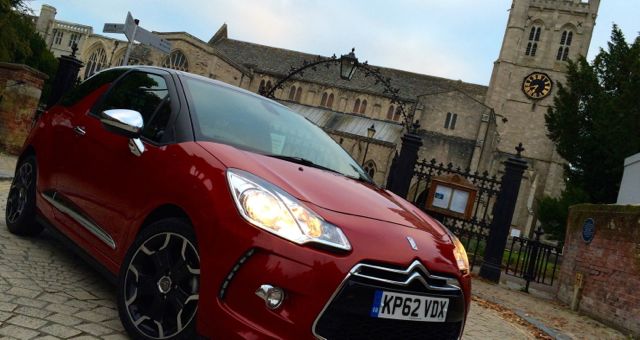I hate it when prestigious brands go about producing a car purely to chase trends. For example, is Bentley making a 4X4 primarily to make a great car or because the current market trend says it will sell in volume? Personally I feel it degrades the brand when such companies stray from their foundations. The Aston Martin Cygnet, a small city car was not a machine that should have worn an Aston Martin badge. However, order has be restored upon news of its death.
When you think Aston martin images of elegant GT cars and winding mountain passes may enter your head, not a rebadged Toyota iQ with with Aston design features tacked onto it. Though not entirely Aston Martin’s choice thanks to average company CO2 emission laws, even today I am shocked that the British brand went down this route. It was ugly and overpriced at £30,995, but motoring enthusiasts can can now rest easy as the bells are ringing and the wicked witch is dead.

Social Networking